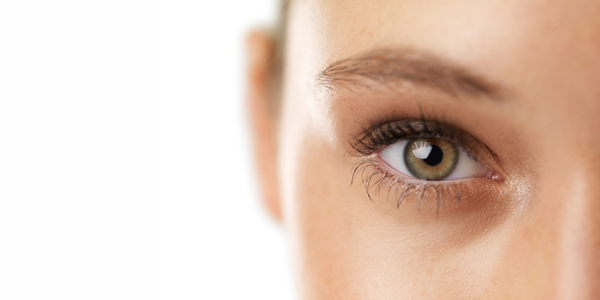


請點擊此轉換成中文
The American Academy of Ophthalmology has specific guidelines regarding regular eye exams for children and adults. Children’s eyes are tested at birth, between six and 12 months, between 12 and 36 months, and between three and five years. If your child shows signs of a vision problem, they will be referred to a specialist and likely have more frequent eye exams as they grow.
Once people reach adulthood, those with good vision should have a complete eye exam once in their 20s and twice in their 30s. At age 40, a baseline comprehensive eye exam is recommended, even if you don’t wear glasses. This exam looks for early signs of cataracts, glaucoma, diabetic retinopathy and age-related macular degeneration. After age 65, you should have a complete eye exam at least every two years.
See your eye doctor more often if:
Make an appointment with your eye doctor immediately if you experience any of the following:
Follow these tips to maintain your eye health:
You want your eyes to look good and see well. That means being mindful about makeup safety. Don’t be one of those people who puts mascara on behind the wheel, a common cause of injuries to the cornea, and NEVER share cosmetics or makeup brushes with anyone.
Wash your hands and face with soap and water (not hand sanitizer) before putting on makeup or inserting contact lenses. Store cosmetics at room temperature. Toss old mascara after three months, and don’t moisten it with water or saliva. Remove makeup thoroughly with a gentle cleanser before going to bed to avoid irritation or potential infection.
If you want to dye your brows or lashes, go to a licensed professional who uses FDA approved products. Avoid glitter makeup – the large particles can damage your eye, especially if you wear contacts.
This article appeared in the October 2024 edition of the HealthPerks newsletter.

Identify your risk factors and what to do if you are at risk.